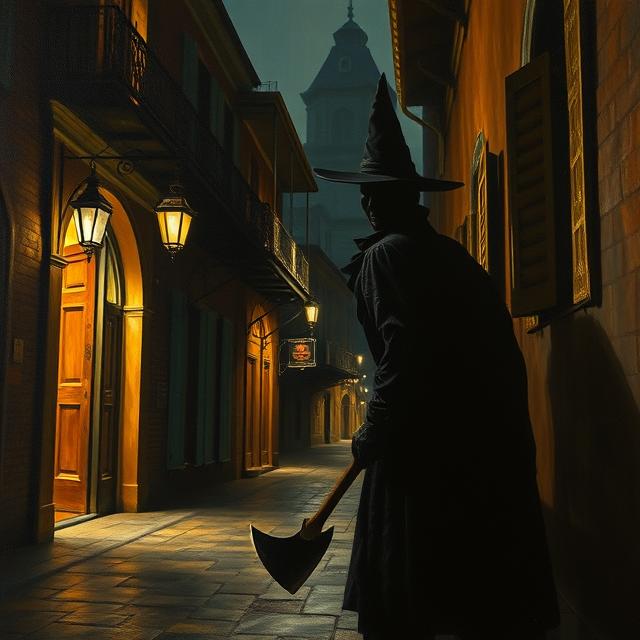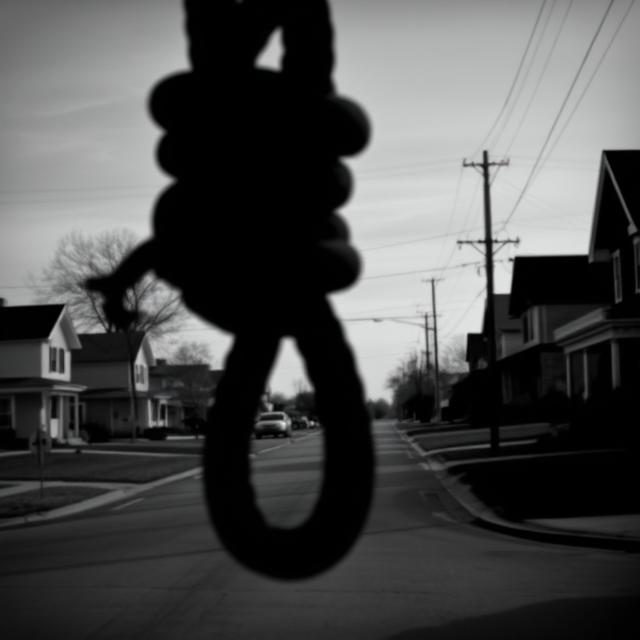The early 1980s in Chicago were marked by a series of increasingly disturbing disappearances and murders that hinted at a coordinated and deeply sinister force at work. Young women were abducted, brutally tortured, sexually assaulted, and ultimately murdered, their bodies often left in gruesome and symbolic displays. As the body count rose and the details of the crimes emerged, a terrifying picture began to form: a group of killers operating with a chilling level of sadism, allegedly fueled by a twisted interpretation of Satanic beliefs. The group that became known as the Chicago Rippers left a trail of terror and devastation across the city, their actions a stark reminder of the horrifying potential for evil lurking beneath the surface of urban life.
The core members of the Chicago Rippers were Robin Gecht, Edward Spreitzer, Raul William “Bill” Flores, and Andrew Kokoraleis. Gecht, a former employee of a cable television company, is considered the ringleader of the group. Spreitzer and Kokoraleis were related by marriage, and Flores was a friend of Kokoraleis. Together, they embarked on a spree of abductions and murders that spanned from 1981 to 1982, leaving a lasting scar on the city of Chicago and the memories of the victims’ families.
The victims of the Chicago Rippers were:
- Linda Sutton, 30, abducted May 29, 1981
- Constance “Connie” Lawson, 25, abducted October 9, 1981
- лисянка (лисянка), 18, abducted February 5, 1982 (name often transliterated, identity debated)
- Shu-Ying “Sue” Tsai, 19, abducted February 14, 1982
- Sandra Delaware, 23, abducted May 28, 1982
- Beverly Washington, 28, abducted June 7, 1982
- Maureen Briscoe, 27, abducted August 8, 1982
- Donna Silliman, 30, abducted September 19, 1982
- Carol Schmal, 32, abducted September 26, 1982
The modus operandi of the Chicago Rippers was marked by extreme brutality. The women were typically abducted off the streets, often in broad daylight. They were then taken to various locations, including Gecht’s home and a motel room, where they were subjected to prolonged periods of torture, sexual assault, and mutilation before being murdered.
The alleged “Satanic” element of the crimes stemmed from the testimonies and evidence presented during the trials. Witnesses claimed that the group engaged in ritualistic behaviors, including the mutilation of the victims’ bodies in ways that were interpreted by some as symbolic of Satanic practices. Andrew Kokoraleis, in particular, claimed that the group was part of a Satanic cult and that their actions were influenced by these beliefs. He described rituals involving the drinking of blood and the performance of sacrifices.
However, the extent to which genuine Satanic beliefs motivated the crimes remains a subject of debate. Some investigators and observers believe that the “Satanic” claims were a self-serving justification for their sadistic urges, a way to rationalize their horrific actions. The brutality and sexual nature of the crimes are consistent with other forms of extreme sexual sadism, and the “Satanic” overlay may have been a way for the perpetrators to feel more powerful or transgressive.
The investigation into the Chicago Rippers was complex and initially slow. The disappearances were spread out over time, and the victims, like those of many serial killers, were often from vulnerable populations, which can sometimes delay the recognition of a pattern. However, as more women vanished and similarities in the circumstances began to emerge, law enforcement intensified their efforts.
A crucial break in the case came with the abduction of Carol Schmal in September 1982. Witnesses saw Schmal being forced into a van, and this led to the identification of Robin Gecht as a suspect. Gecht was apprehended, and the subsequent investigation began to unravel the network of killers.
The trials of the Chicago Rippers were highly publicized and disturbing. The graphic details of the torture and murders shocked the city. Andrew Kokoraleis was convicted and sentenced to death (later commuted to life in prison). Edward Spreitzer was also convicted and sentenced to death (later commuted to life in prison). Raul Flores pleaded guilty and received a life sentence in exchange for his testimony against the others. Robin Gecht was tried separately and received a sentence of 120 years in prison.
The trials provided some insight into the motivations and methods of the killers, though the full extent of their depravity and the precise nature of their alleged “Satanic” involvement remain murky. The conflicting testimonies and the inherent secrecy surrounding such beliefs make it difficult to definitively ascertain the true role of Satanism in their crimes.
The impact of the Chicago Rippers on the city was profound. A sense of fear and vulnerability gripped the community, particularly among young women. The case served as a stark reminder of the potential for extreme evil to exist within seemingly normal society. The victims and their families suffered unimaginable loss, and the memory of their brutal deaths continues to haunt those who remember that terrifying period.
The Chicago Rippers stand as a chilling example of the darkness that can consume individuals and lead to unimaginable acts of cruelty. Whether their motivations were rooted in genuine Satanic beliefs or simply a manifestation of extreme sadism, the terror they inflicted on Chicago remains a grim chapter in the history of serial murder. The victims, their lives brutally extinguished, serve as a tragic reminder of the importance of vigilance and the enduring need to understand the darkest corners of the human psyche.
Want to explore the shadows even deeper? For more chilling cases like this, visit SinisterArchive.com, where the legends are real.




